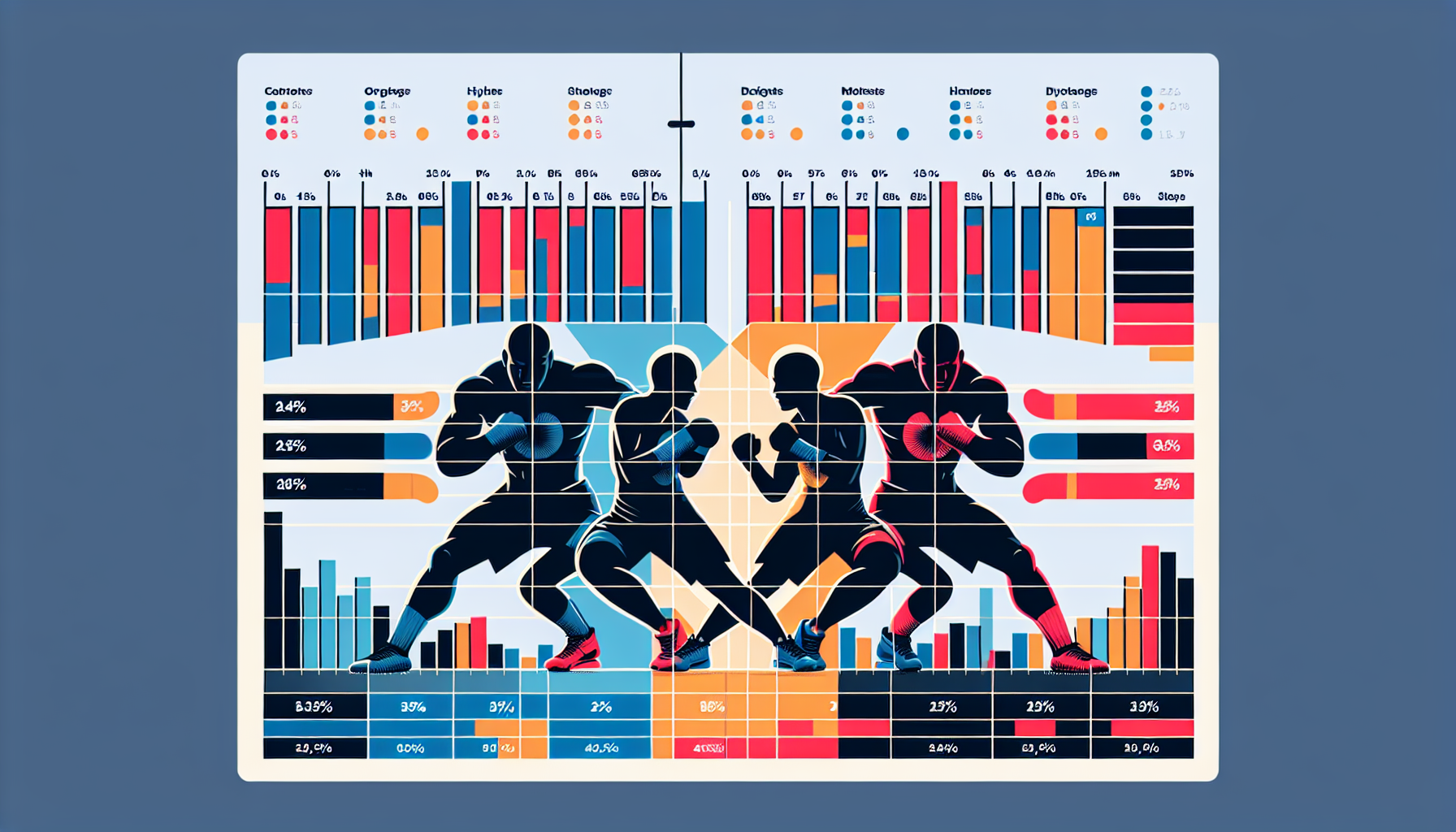How Tight Ends Revolutionized Modern Football Strategies

Historically, tight ends were employed mainly as in-line blockers, tasked with protecting the quarterback and creating running lanes for ball carriers. Their primary function was to provide extra support in the offensive line, often relegating them to the shadows of more glamorous positions like wide receivers and running backs. This traditional view limited the potential of tight ends, who often possessed the athleticism and skills necessary to contribute to the passing game. In the early days of football, tight ends were expected to fulfill a dual role, balancing their responsibilities between blocking and catching. This duality often led to their underutilization in the passing game, as coaches prioritized the capabilities of wide receivers and running backs over those of tight ends.
The Emergence of Versatile Playmakers
The turning point for tight ends came with the advent of the West Coast offense in the 1980s, popularized by coaches like Bill Walsh. This offensive scheme emphasized short, quick passes, creating opportunities for tight ends to exploit mismatches against linebackers and safeties. Players like Kellen Winslow and Shannon Sharpe began to showcase the potential of tight ends as receiving threats, setting the stage for a new generation of athletes at the position. Today, tight ends like Travis Kelce, George Kittle, and Darren Waller have taken the position to unprecedented heights. Kelce, for instance, has become a key component of the Kansas City Chiefs' high-powered offense, known for his ability to stretch the field and create separation. His agility, route-running, and hands have made him a favorite target for quarterback Patrick Mahomes, demonstrating how tight ends can be integral to a team's offensive success.
Adapting Strategies to Leverage Tight Ends
As tight ends continue to evolve, NFL teams have adapted their strategies to take full advantage of their unique skills. Offensive coordinators are increasingly incorporating tight ends into their game plans, utilizing them in various formations and positions. For instance, teams now frequently line up tight ends in the slot or even out wide, creating mismatches against slower defenders. The New England Patriots, under former head coach Bill Belichick, revolutionized the use of tight ends with the dynamic duo of Rob Gronkowski and Aaron Hernandez. This two-tight-end set became a staple of their offensive strategy, allowing for versatile play-calling and the ability to exploit defensive weaknesses. Their success paved the way for other teams to adopt similar approaches, further solidifying the tight end's role as a central figure in modern football.
The Future of Tight Ends in Football
Looking ahead, the role of tight ends is poised to continue evolving. As offenses become more pass-heavy and emphasize speed and agility, tight ends who can both block and catch will remain invaluable assets. The emergence of athletic prospects in college football, who possess the skills of both a receiver and a blocker, suggests that the position will only grow in complexity and significance. Moreover, the increasing importance of analytics in football strategy means that teams will continue to seek ways to maximize the impact of tight ends on the field. As data-driven decision-making becomes more prevalent, the unique abilities of tight ends will be scrutinized and utilized in ways that could further revolutionize offensive play.
The transformation of the tight end position from traditional blockers to versatile playmakers has not only changed how teams approach the game but has also enriched the overall experience of football. By embracing the multifaceted nature of tight ends, teams have unlocked new strategies that keep defenses guessing and create exciting plays on the field. As we look to the future, it is clear that the tight end will continue to play a pivotal role in shaping the evolution of modern football, making them essential to both team dynamics and overall success. The continued evolution of this position ensures that tight ends will remain at the forefront of offensive strategies in the years to come, proving their worth as critical components of any successful football team.
Football Analyst
NFL teams, sports analytics firms, and collegiate athletic programs
Core Responsibilities
Analyze game footage to assess player performance, team strategies, and opponent weaknesses.
Provide statistical breakdowns and insights that inform coaching decisions and player development.
Collaborate with coaching staff to design game plans that leverage player strengths, particularly in optimizing tight end usage.
Required Skills
Proficient in data analysis tools and software like Excel or specialized sports analytics platforms.
Strong understanding of football strategies, particularly modern offensive schemes.
Excellent communication skills for conveying complex data to coaches and players.
Strength and Conditioning Coach
NFL teams, collegiate football programs, and professional sports training facilities
Core Responsibilities
Develop and implement individualized training programs to enhance strength, agility, and performance specific to the tight end position.
Monitor player progress and adjust training regimens based on performance metrics and injury history.
Collaborate with athletic trainers and coaching staff to optimize player readiness for games and minimize injury risks.
Required Skills
Certification in strength and conditioning (e.g., NSCA, CSCS).
Experience working with athletes in a football environment, understanding the unique demands of the tight end role.
Knowledge of nutrition and recovery strategies tailored to maximize performance.
Football Scout
NFL teams, collegiate programs, and sports scouting agencies
Core Responsibilities
Evaluate high school and college tight ends for potential recruitment, assessing their athleticism, skills, and compatibility with team strategies.
Attend games, practices, and combines to gather firsthand observations and insights on player performance.
Prepare detailed reports and recommendations for coaching staff regarding potential draftees or free agent signings.
Required Skills
Strong understanding of player evaluation techniques and football fundamentals.
Ability to analyze player performance metrics and film to identify strengths and weaknesses.
Excellent networking skills to build relationships with high school coaches and recruiting services.
Offensive Coordinator
NFL teams, collegiate football programs, and international football leagues
Core Responsibilities
Design and implement offensive game plans that effectively utilize tight ends as key offensive weapons.
Analyze opponent defenses to create advantageous matchups, specifically targeting mismatches involving tight ends.
Lead the offensive coaching staff and player meetings to develop strategies that emphasize tight end contributions in both blocking and passing scenarios.
Required Skills
Proven experience as a coach at various levels, with a focus on offensive strategy.
Strong leadership and communication skills to coordinate with multiple offensive positions.
A deep understanding of modern offensive schemes, including the West Coast offense and spread concepts.
Sports Performance Data Analyst
NFL teams, sports analytics companies, and research institutions focusing on sports science
Core Responsibilities
Collect and analyze performance data specific to tight ends, focusing on metrics such as route efficiency, blocking effectiveness, and matchup success.
Utilize advanced analytics to inform coaching staff on player development and game strategy.
Create data visualizations and reports that translate complex statistical information into actionable insights for coaches and players.
Required Skills
Proficiency in data analysis software (e.g., R, Python) and sports analytics platforms.
Strong background in statistics and experience working within a sports context, particularly football.
Ability to communicate findings clearly to non-technical stakeholders, including coaches and players.


